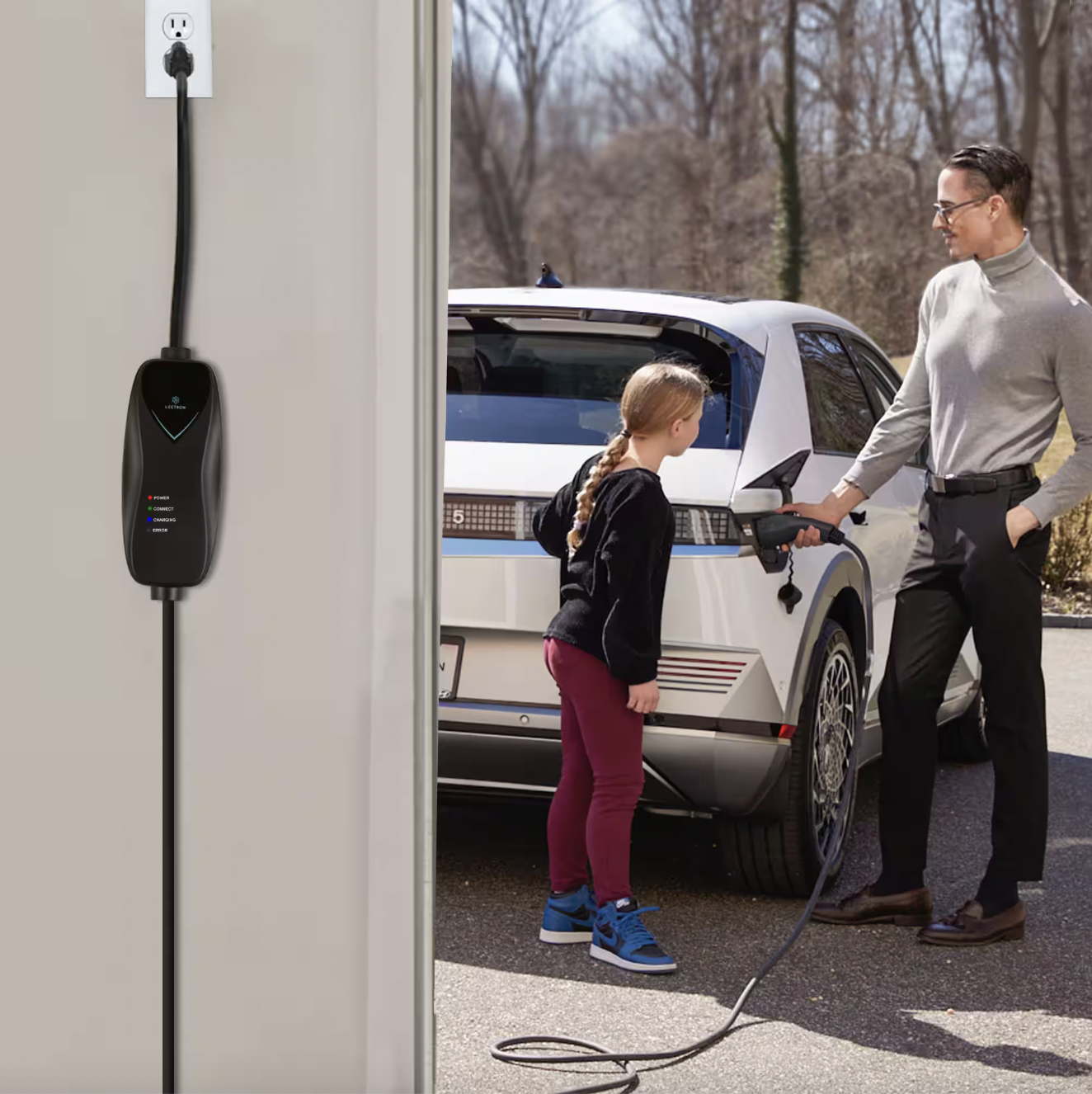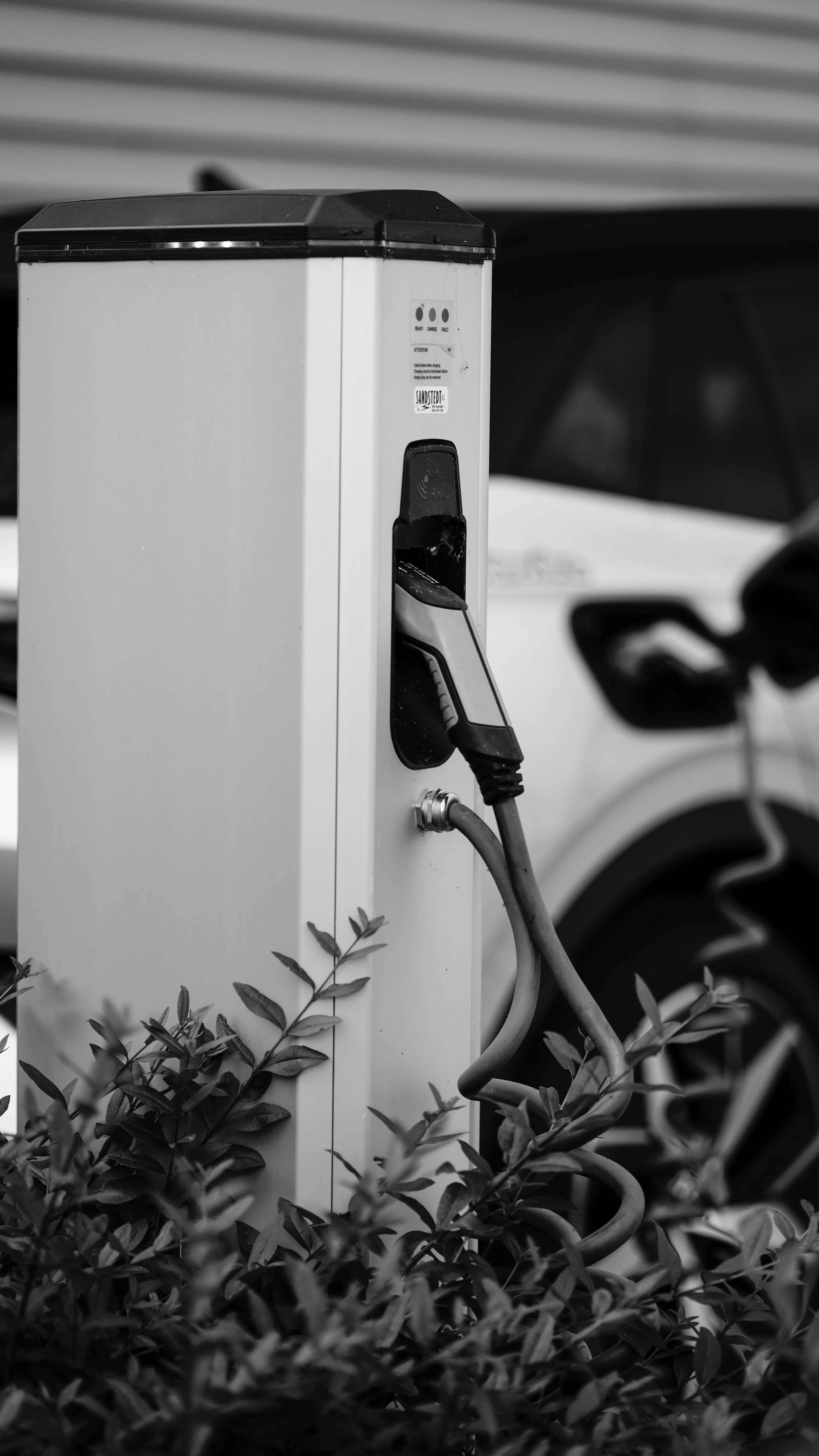
EV Charging Stations
Stay Charged at Home
Electric Cars need to be charged daily. If you have an electric car you need to have a charging station at your home. Our expertise extends to all electric vehicle brands, and we're here to provide answers to any questions you may have before making a purchase.
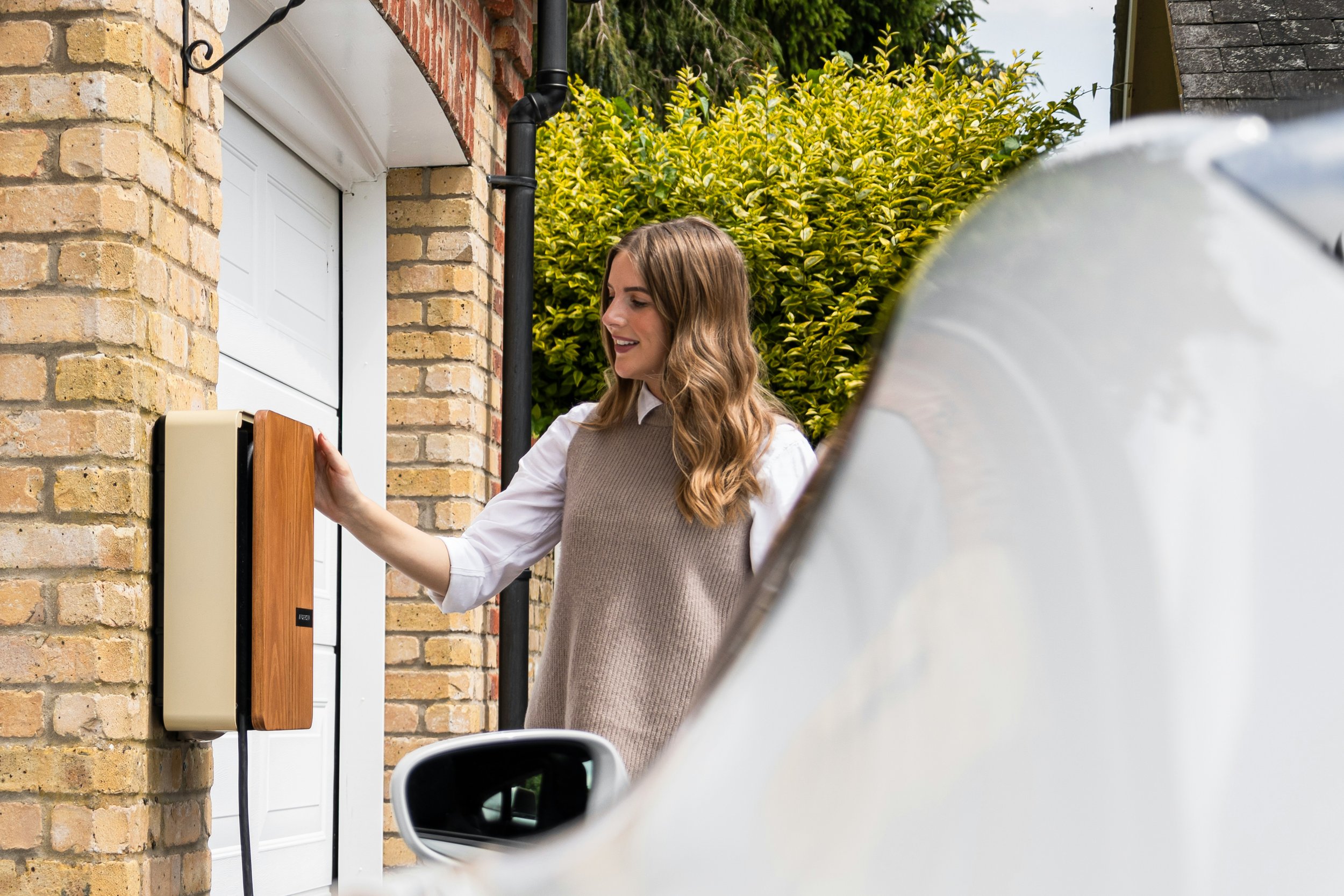
EV Charging at Home
If you own an electric vehicle, you know the hassle of having to charge at different locations and waiting for long periods of time for a full charge. It is commonly know that more than 80% of all electric car owners prefer to charge their cars at home. With the installation of a charging stations also known as an EVSE ‘Electric Vehicle Supply Equipment’, you can save time and money by conveniently having one at home. Simply plug in at home and be ready to ride anytime!
Benefits of Charging at Home
-

Low Cost
Electric vehicles are becoming more widely used. They are safe for the environment, efficient, and very convenient for all users. Investing in an electric car and its charger will pay itself back quicker than most people think. A Consumer Reports study showed that “Ev drivers tend to spend about 60% less each year on fuel cost compared to drivers of gas-powered cars”
-
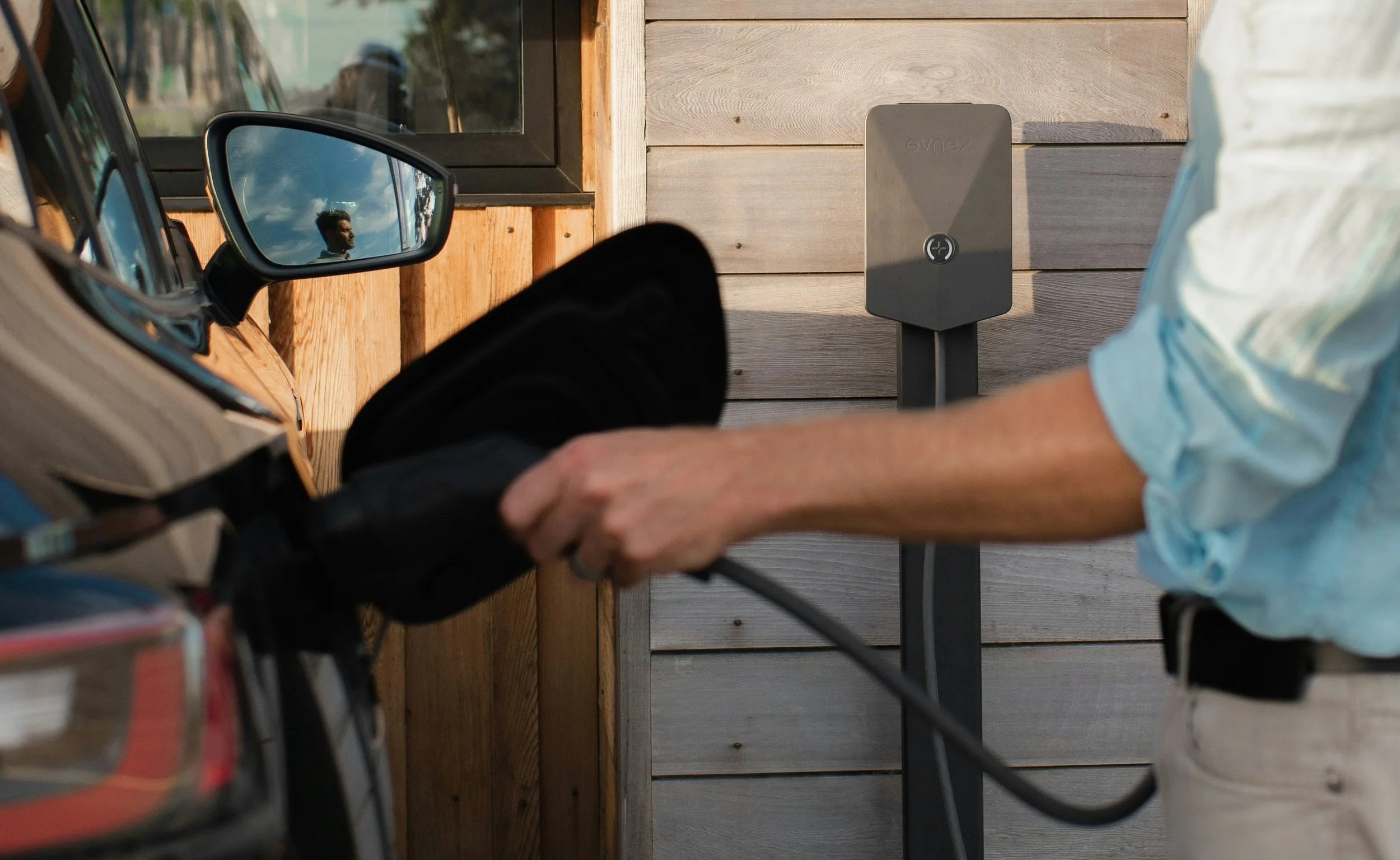
Time Saving
Having and EV charging station at home can help you save valuable time. Avoid the time spent traveling to and from a public charging station and waiting in line to charge your vehicle. Charging at home means your car is ready when you are.
-
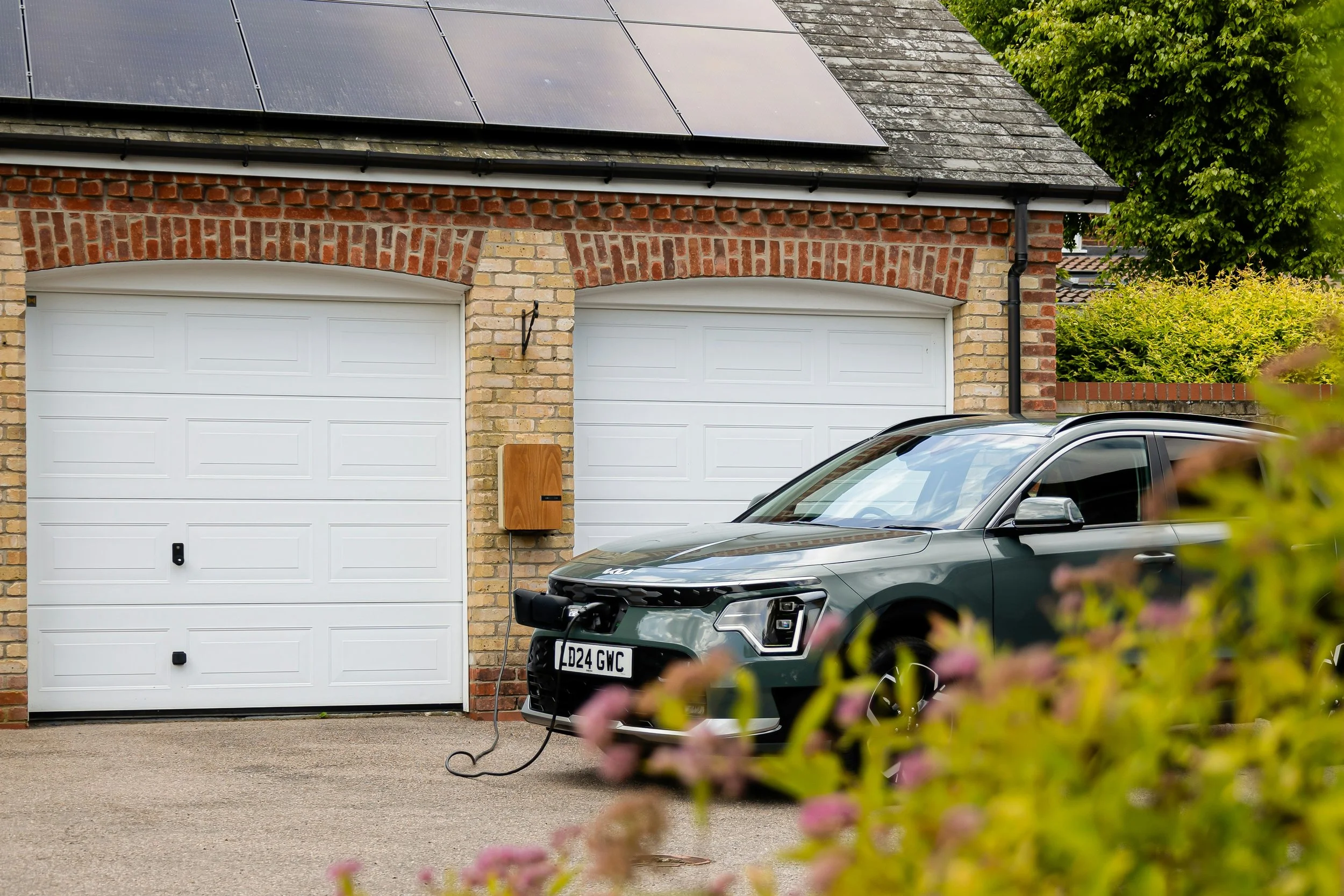
Safety & Security
Charging at home offers more safety and security compared to public charging stations, where your car may be exposed to theft or damage. You can charge in the comfort of your own home.
Types of EV Home Charging Stations
Level 1
Level 1 chargers are normally plugged into your standard 120V outlet. These chargers usually come with your car and can be plugged in at home or anywhere on the go you can find an outlet. You will want to make sure that outlet isn’t powering any other appliances.
These chargers are usually very slow at charging. Depending on your type of vehicle these plugs can charge at a rate of 2-5 miles per hour.
Level 2
Level 2 chargers are much faster than level 1 chargers. They usually require a dedicated 240V AC Plug, much like your dryer or range. This is the most reliable type of charger as you can typically get between 15-60 miles per hour charging rate.
This is where Ironside Electric can help. To install these chargers it will require one of our licensed and experienced electrician to install it properly.
Why choose Ironside Electrical?
As a family oriented business, we prioritize quality and never compromise when it comes to our customers' needs. Serving the greater Seattle, our team is committed to delivering reliable, stress-free service, always going the extra mile.
Our mission to provide exceptional service starts with selecting the best electricians, each with years of experience and countless EV charging station installations across the U.S. We not only guarantee premium installation but also offer superior after-sales support for any questions or concerns. Installing an EV charger at home saves you time and money, and we're here to make that process as smooth and efficient as possible.
Safety and Code Compliance
Our electricians are trained to handle high-voltage systems, and ensure proper installation and building code compliance. We make sure that your charger is safe for you to use and can avoid costly modifications in the future.
Most EV charging stations come with manufacturer warranties that require professional installation to remain valid. Hiring our licensed electricians ensures that your warranty is protected and that any potential future issues will be covered.
Warranty Protection
A licensed electrician ensures that the installation is done correctly the first time, minimizing the risk of future electrical problems or malfunctions. This saves you money in the long run by preventing repairs and ensuring your EV charger operates efficiently.
Long-Term Reliability


